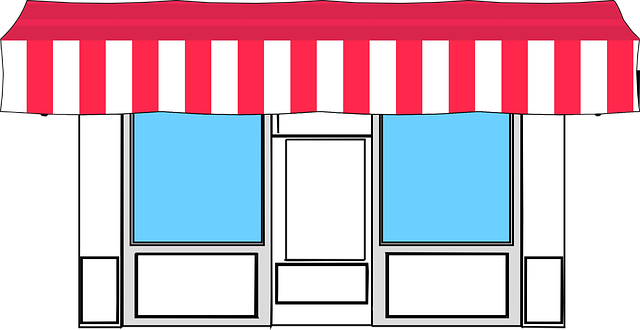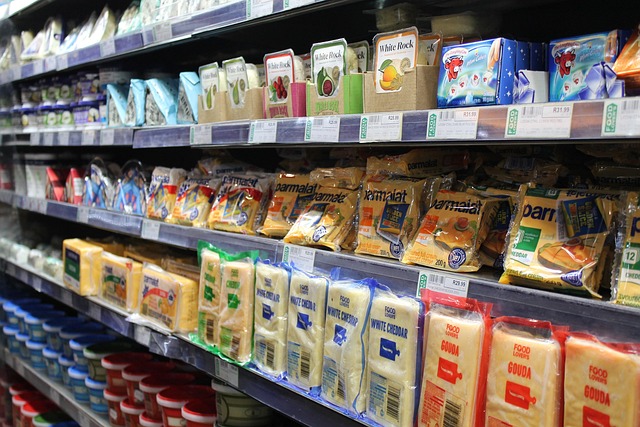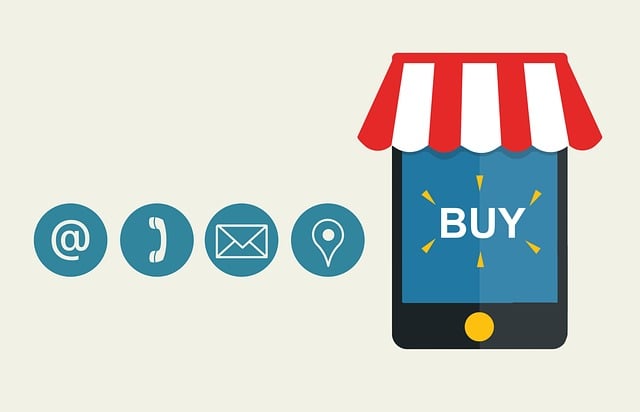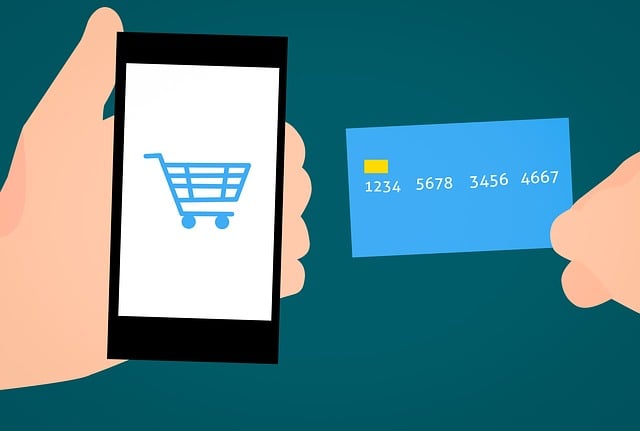Creating a successful e-commerce store involves a strategic blend of user-friendly design, target audience understanding, and powerful branding. The ideal platform selection offers customization and built-in features while catering to brand needs. Mobile responsiveness is key, with optimization for various devices driving KPIs higher. High-quality visuals, detailed descriptions, and interactive elements engage customers. Secure payment gateways build trust and streamline transactions. Prioritizing site speed through compression, caching, and CDN integration enhances user experience and SEO rankings, ultimately fostering customer satisfaction and loyalty.
“Unleash your brand’s potential in the digital realm with a robust e-commerce store. This comprehensive guide navigates the essentials of creating an online retail hub that captivates customers and drives sales. From defining your target audience and crafting a compelling brand identity to choosing the perfect platform, UI optimization, mobile responsiveness, and seamless payment integrations—each step is crucial in crafting an exceptional e-commerce experience. Discover the art of product presentation and learn how to enhance site speed for a truly engaging online store.”
Understanding E-commerce Store Design Essentials

Creating an engaging and effective ecommerce store design is a crucial step in establishing a successful online retail presence. It involves more than just aesthetics; it’s about crafting a user-friendly interface that drives conversions. The foundation lies in understanding your target audience, their preferences, and behaviors. A well-designed ecommerce store should seamlessly guide visitors through the buyer’s journey, from initial interest to final purchase.
Key elements of ecommerce store design include intuitive navigation, high-quality product visuals, compelling copy, and easy checkout processes. Mobile responsiveness is also vital, as a growing number of shoppers prefer purchasing via smartphones. By incorporating these essentials, you can create an inviting online shopping environment that not only attracts visitors but also encourages them to explore and make purchases, ultimately boosting your sales and customer satisfaction.
Defining Your Target Audience and Brand Identity

Defining your target audience is a cornerstone of successful e-commerce store development. Understanding who your customers are, their needs, preferences, and buying behaviors allows you to tailor your products, marketing strategies, and overall brand identity to resonate with them effectively. This precision ensures your ecommerce store design not only attracts but also converts visitors into loyal buyers.
Your brand identity, on the other hand, is what sets you apart from competitors. It encompasses everything from your logo and color scheme to your tone of voice and customer service approach. A strong brand identity helps build recognition, fosters trust, and cultivates a community around your products or services. When designing your ecommerce store, ensure that both your target audience and brand identity are reflected in every aspect, creating a cohesive and compelling online shopping experience.
Choosing the Right E-commerce Platform

When developing an e-commerce store, selecting the optimal platform is a pivotal step that sets the foundation for your online business’s success. The right e-commerce platform offers a seamless blend of functionality, design, and scalability, aligning with your brand’s unique needs. It’s crucial to consider factors like ease of use, customization options, built-in features, and cost when making this choice.
Popular platforms provide pre-designed templates that streamline the process, allowing you to create an attractive, functional e-commerce store without extensive coding knowledge. These templates, coupled with drag-and-drop editors, empower merchants to craft a visually appealing online storefront that reflects their brand identity. Ultimately, choosing the right platform is about finding a balance between out-of-the-box solutions and the flexibility to adapt and grow as your e-commerce store design evolves.
Creating an Intuitive User Interface (UI)

A well-designed user interface is a cornerstone of any successful e-commerce store. It serves as the digital storefront, guiding users through the shopping journey and influencing their overall experience. An intuitive UI ensures that visitors can seamlessly navigate your site, find products effortlessly, and complete purchases without frustration. This involves careful consideration of layout, color schemes, typography, and interactive elements to create a visually appealing and user-friendly environment.
In e-commerce store design, simplicity and clarity are key. A clean interface allows customers to focus on the task at hand—browsing, comparing, and buying products. Effective use of white space, consistent design patterns, and logical categorization of items contribute to an intuitive browsing experience. Additionally, incorporating features like search filters, product recommendations, and easy-to-read product descriptions enhances usability, enabling customers to make informed decisions and fostering a positive shopping interaction.
Optimizing for Mobile Experience

In today’s digital age, optimizing for a seamless mobile experience is non-negotiable for any successful e-commerce store. With a vast majority of online shoppers using their smartphones and tablets for browsing and purchasing, ensuring your ecommerce store design is mobile-friendly is crucial. A responsive website design that adapts to different screen sizes not only enhances user experience but also improves key performance indicators (KPIs) such as conversion rates and customer satisfaction.
Ecommerce store design should prioritize ease of navigation, quick loading times, and intuitive checkout processes on mobile devices. Optimizing images, leveraging lazy loading techniques, and compressing code can significantly reduce page load times. Additionally, implementing a clean and uncluttered layout with clear call-to-action buttons ensures customers can effortlessly find what they’re looking for and complete their purchases without frustration.
Implementing Effective Product Presentation Techniques

In the realm of e-commerce store development, effective product presentation is key to enhancing user experience and boosting sales conversions. A well-designed ecommerce store should leverage visually appealing images, detailed descriptions, and interactive elements to showcase products in the best light. High-resolution photography, 360-degree views, and video demonstrations allow customers to inspect merchandise from various angles, fostering confidence in their purchase decisions.
Furthermore, strategic placement of call-to-action (CTA) buttons, user reviews, and social media integration can guide shoppers through the buying process seamlessly. Ecommerce store design that incorporates these techniques not only attracts but also retains customers, encouraging them to explore more products and ultimately increase average order value.
Integrating Secure Payment Gateways

Integrating secure payment gateways is a critical aspect of e-commerce store development, enhancing customer trust and ensuring seamless transactions. A well-designed ecommerce store should offer multiple payment options to cater to diverse consumer preferences while prioritizing data encryption and fraud prevention.
By incorporating reputable payment gateway providers, such as Stripe or PayPal, you create a secure environment for customers to input their financial information. These gateways facilitate quick processing of payments, reduce chargeback risks, and provide advanced security features like tokenization and 3D Secure authentication. This not only boosts the overall ecommerce store design but also fosters customer confidence, leading to increased sales and revenue.
Enhancing Site Speed and Performance

Developing an engaging and successful ecommerce store goes beyond just having a platform; it’s about creating an experience. One of the critical aspects that often gets overlooked is site speed and performance. A slow-loading website can significantly deter potential customers, leading to higher bounce rates and lower conversions. Optimizing your ecommerce store design for speed involves several strategies.
Start by compressing images, minifying code, and leveraging browser caching to reduce page load times. Additionally, ensure your hosting provider offers robust servers with fast response times. Implementing a content delivery network (CDN) can further enhance performance by distributing content across multiple servers globally, reducing latency for users from different regions. Faster sites not only improve user experience but also positively impact search engine rankings, making your ecommerce store more visible to potential shoppers.
